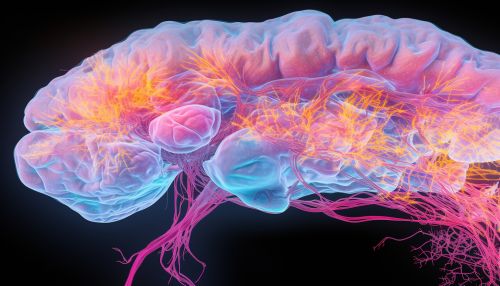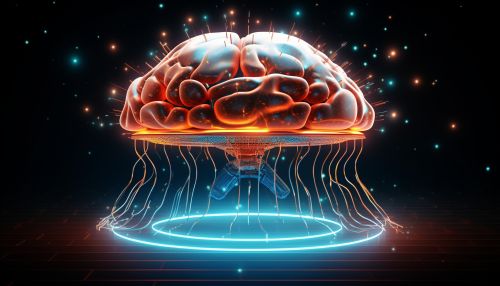The Science of Human Cognitive Styles in Visual Perception
Overview
Human cognitive styles in visual perception refer to the individual differences in the way people process and interpret visual information. This field of study is an intersection of cognitive psychology, neuroscience, and visual perception, focusing on understanding the variations in visual cognitive processing among individuals. Cognitive styles are often categorized into two main types: verbalizer and visualizer styles. Verbalizers tend to process information through words, while visualizers prefer to use images, diagrams, or spatial manipulations.


Theoretical Background
The concept of cognitive styles originated from the field of psychology, particularly cognitive psychology. It is based on the premise that individuals have different ways of perceiving, thinking, remembering, and solving problems. These differences are not necessarily related to ability or intelligence, but rather to the preferred method of processing information. In the context of visual perception, cognitive styles can significantly influence how individuals interpret visual stimuli.
Cognitive Styles in Visual Perception
Cognitive styles in visual perception can be broadly classified into two categories: field-dependent and field-independent styles. Field-dependent individuals tend to perceive visual information as a whole, focusing on the overall context and relationships among visual elements. In contrast, field-independent individuals tend to focus on individual elements in a visual scene, often disregarding the overall context.


Field-Dependent Style
Field-dependent individuals have a global cognitive style. They tend to perceive and interpret visual information as a whole, focusing on the overall context and relationships among visual elements. This style is associated with a holistic approach to visual perception, where the whole is greater than the sum of its parts. Field-dependent individuals are often more sensitive to social cues and are more likely to use interpersonal relations and social comparisons in their interpretations of visual information.
Field-Independent Style
Field-independent individuals have an analytical cognitive style. They tend to perceive and interpret visual information in terms of its individual elements, often disregarding the overall context. This style is associated with a reductionist approach to visual perception, where the whole is understood by analyzing its parts. Field-independent individuals are often more objective and task-oriented, focusing on the details of visual information rather than its social or emotional implications.
Factors Influencing Cognitive Styles
Several factors can influence an individual's cognitive style in visual perception, including biological factors, environmental factors, and personal experiences. Biological factors include genetic predispositions and brain structure, while environmental factors include cultural influences and educational experiences. Personal experiences, such as past visual experiences and learned strategies for visual perception, can also shape an individual's cognitive style.


Implications for Education and Training
Understanding cognitive styles in visual perception can have significant implications for education and training. For instance, educators can tailor instructional strategies to match students' cognitive styles, potentially improving learning outcomes. Similarly, in job training and professional development, understanding employees' cognitive styles can help design more effective training programs.
Future Directions
Future research in this field could explore the neurological underpinnings of cognitive styles in visual perception, the role of cognitive styles in other sensory modalities, and the potential for training or interventions to modify cognitive styles.


